Before the gardening season kicks into full gear, evaluate your landscape with regard to sustainability. Are you doing all that you can to reduce water, pesticides, herbicides and fertilizer use? Are you composting? Are you harvesting rainwater? Are you planting the right plant in the right place? Do you mulch? Let this be the year you consider a more ecofriendly approach.
More regional garden guides
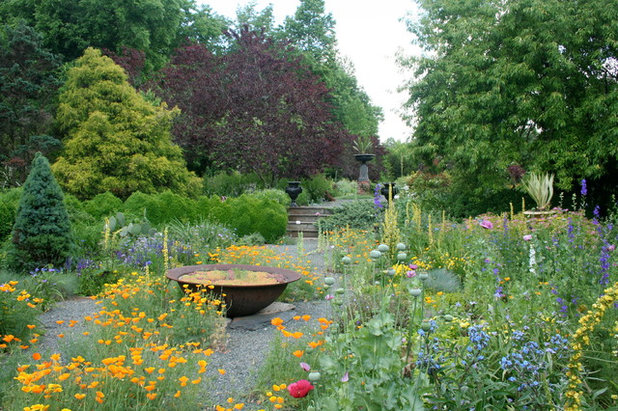
Gardening with Confidence®
Pinch annuals. Pinch spent blooms off pansies to maintain their peak flowering performance through spring.
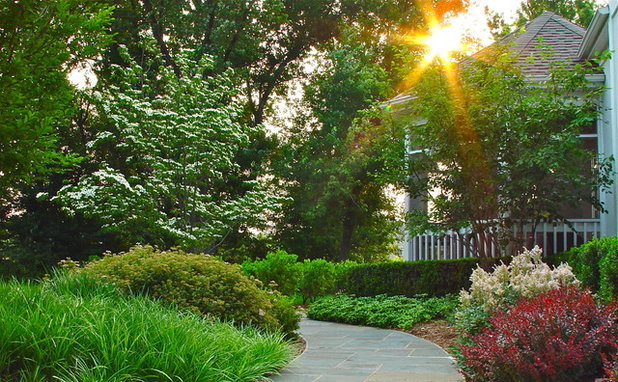
Liquidscapes
Cut back perennials. February is a good time to cut back
liriope. The key is not to trim it too late, or you’ll risk cutting new growth. The plant will not recover from the damage, and it can look tattered.
The solid green variety spreads. If your original design had a pattern, and if you want to keep that pattern (usually an alternating X pattern), dig out the liriope that has spread, after the cutback, bringing back your original design.
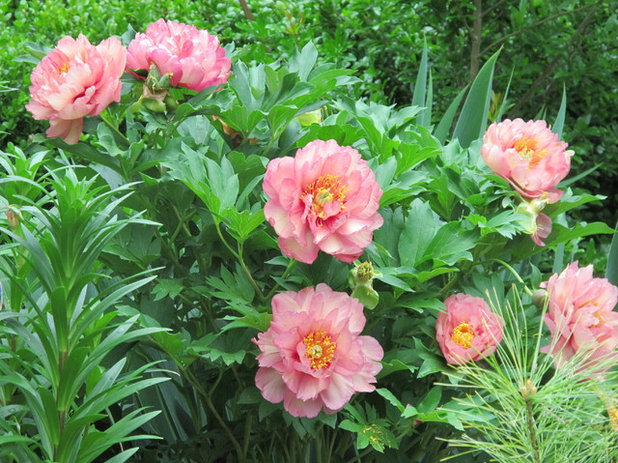
Gardening with Confidence®
Plant peonies. You can still plant peonies. Fall would have been ideal, but they can be planted now as well. Make sure the top of the crown is just above the soil line. Peonies need cold weather to set the buds. Fertilize now before the spring growth, so that nutrients will be readily available when the plant needs it.
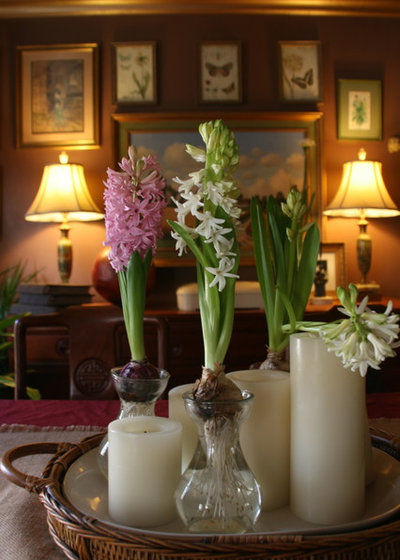
Gardening with Confidence®
Enjoy bulbs. Fertilize your tulips and daffodils as the foliage begins to rise. A general 10-10-10 fertilizer will work fine, but there are also products made especially for flowering bulbs, such as Holland brand products.
Other bulbs, such as paperwhite narcissus and hyacinths, are easy to force and can be enjoyed indoors while waiting for spring.
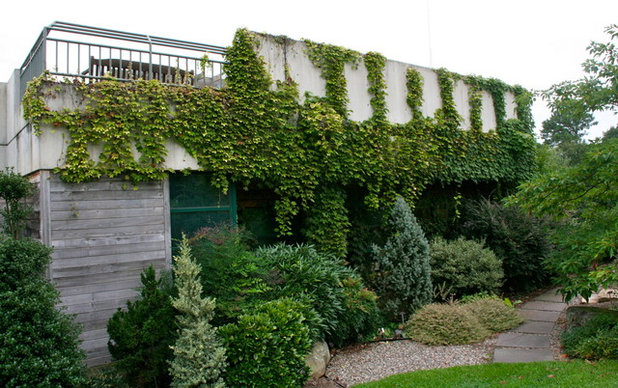
Gardening with Confidence®
Tame vines. If your vines have gotten out of hand, late winter is a good time to tame them. Cut back wisteria, Virginia creeper, ivy and Japanese honeysuckle.
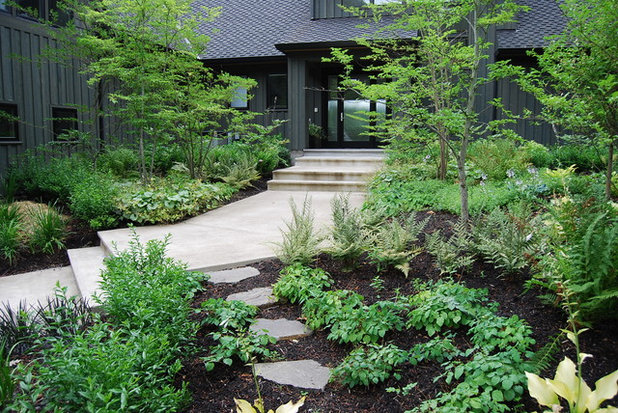
Samuel H. Williamson Associates
Plant trees. As long as the ground isn’t frozen, it is still a good time to plant trees and shrubs. Prepare the planting hole with ample mulch. Also cover the root ball with mulch, being careful to not bring the mulch right up to the trunk.
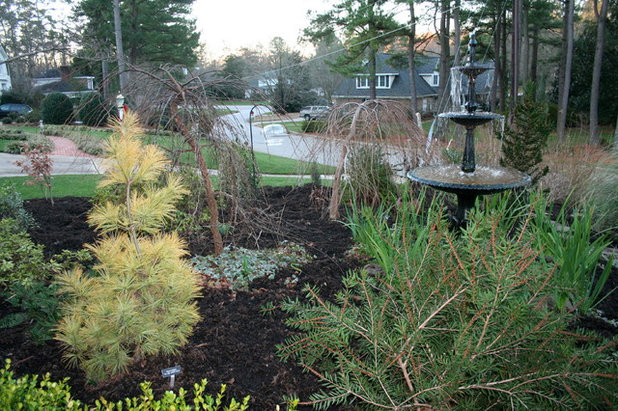
Gardening with Confidence®
Fertilize. February is the time to fertilize your flowering ornamentals. My beds get most of their nutrients from decaying composted leaf mulch, but oftentimes after a soil test, I will use an organic fertilizer.
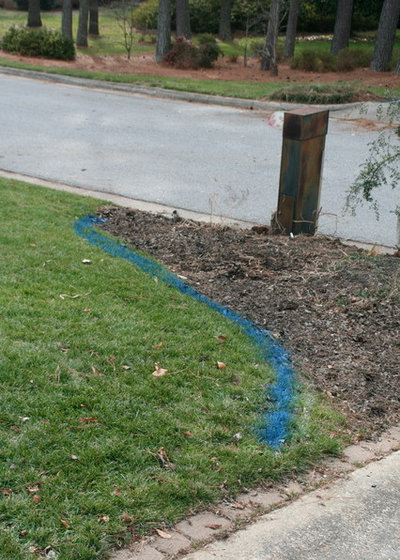
Gardening with Confidence®
Prepare new gardening beds. A warm winter day is perfect for preparing a new or existing garden bed. For a new site, mark the area of the new bed and dress it with several layers of newspaper. Add organic matter, such as composted leaf mulch, as the final top dressing.
For existing beds, work the ground with a garden fork to loosen the soil and mix in the organic matter. In doing so, you will improve soil fertility and drainage.
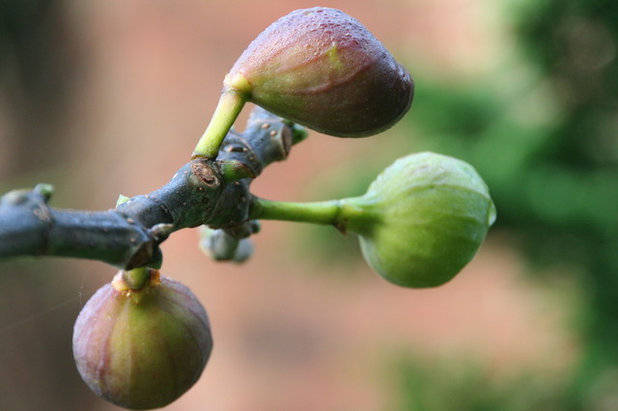
Gardening with Confidence®
Add lime to your fig trees. Our area tends to be acidic, and figs prefer a much sweeter soil. Get a soil test to determine how much lime to apply. It’s not unusual to need to add about 2 cups of dolomitic lime
.
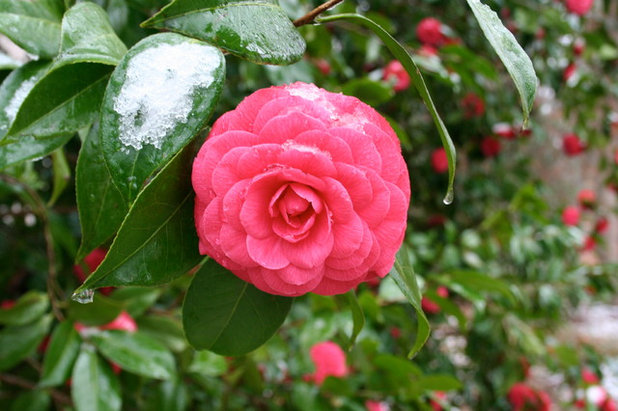
Gardening with Confidence®
Manage pests. Camellia blooms should be picked up from under the bush. This will help prevent the spread of disease.
More guides to gardening in the Southeast now





